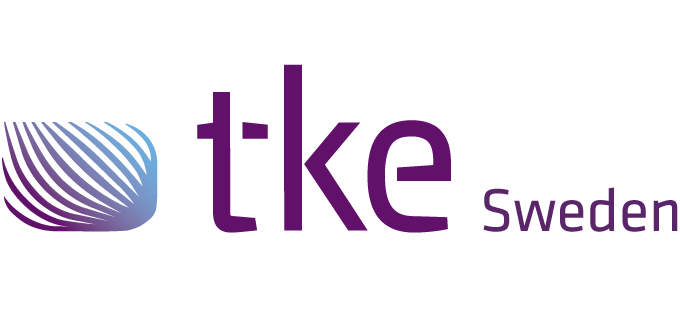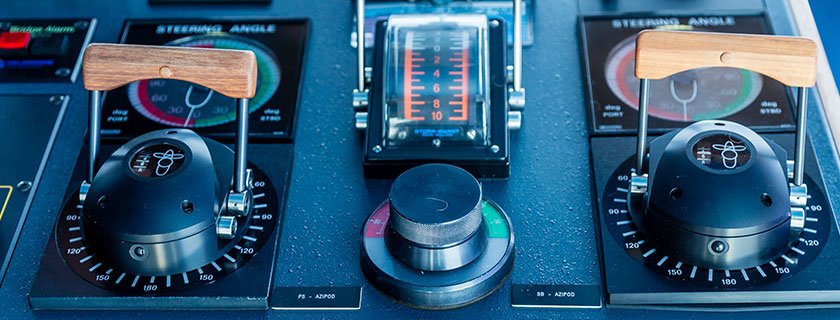Case study: Water Jet Control System
Designed the CAN-based control Water Jet Control System
TKE OY, specialized in CAN-technology, has supplied a water jet control system in year 2016 to a leading Water Jet manufacturer. We gathered requirements and designed the CAN-based control system which can tolerate single point of failure with degradation in performance.
During 2016 TKE was contacted by a customer to renew their current Water Jet control system. The customer had reached a limit in their control system that made it time consuming to produce in large quantities.
It was discussed with the customer that the new control system needs to be able to replace the old system with all it´s functionality but, possible to manufacture in higher quantities with less man hours.
Key requirements for next generation control system
TKE started the process by gathering requirements and making a suggestion for the next generation control system. Some of the key requirements was, that the system is going to be used on maritime classed High Speed Passenger Workboats. Thus much of the requirements were set by marine classification bodies.
Following requirements were by the marine classification bodies. The control system shall tolerate single point of failure without degradation in performance.
To accomplish a single point of failure without degradation all inputs, processes and outputs were made redundant.
The process control of the system was chosen to be implemented in mobile rugged PLC. To make the code as reusable as possible and not be locked to one supplier. CoDeSys 3.5 was chosen as the implementation platform. To minimize installation costs CANopen was chosen as the communication interface for Human Machine Interface (HMI).
J1939 based IO was used
For interfacing to engines J1939 based IO was used. This made the system more future proof if a customer ever wants to retrofit the engines and have diagnostics and control combined into the control system from J1939 or NMEA 2000 enabled engines. This can then be achieved by using the already existing J1939 network and connecting it to its engines.
Strengthen our know-how on marine-applications
”This project gave us a great opportunity to strengthen our know-how even more on marine-applications” says TKE CEO Timo Kesti and continues: “Developing a Maritime classed control system from the ground demands, experience in both hardware and software which is exactly what we are focusing on”
“Using CANopen to reduce cabling and improve diagnostics was a good way to meet the customer requirements of lowering the installation cost and increase serviceability, as well as giving the opportunity to expand the system in the future with more control stations and increased functionality like vector steering and dynamic position without major redesign of the existing control system.” says Bertil Bäck, Manager of the HW development at TKE.



